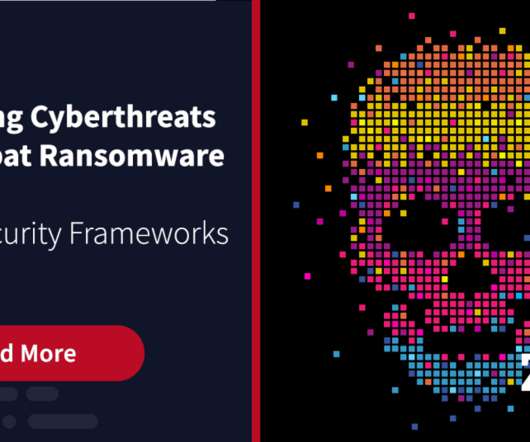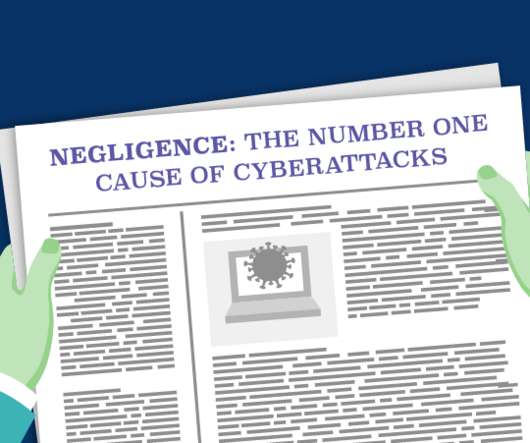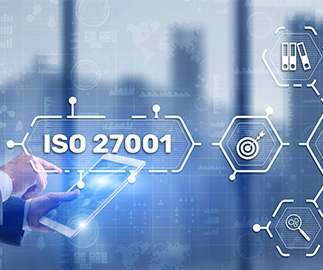Managing Cyberthreats to Combat Ransomware Part 3: Cybersecurity Frameworks
Zerto
OCTOBER 20, 2022
As we continue with our third and final blog in this series on managing cyberthreats, we’ll explore frameworks from the National Institute of Standards & Technology and Center for Internet Security, which together provide time-tested knowledge and best practices used to combat ransomware. The NIST Cybersecurity Framework 1.1












Let's personalize your content